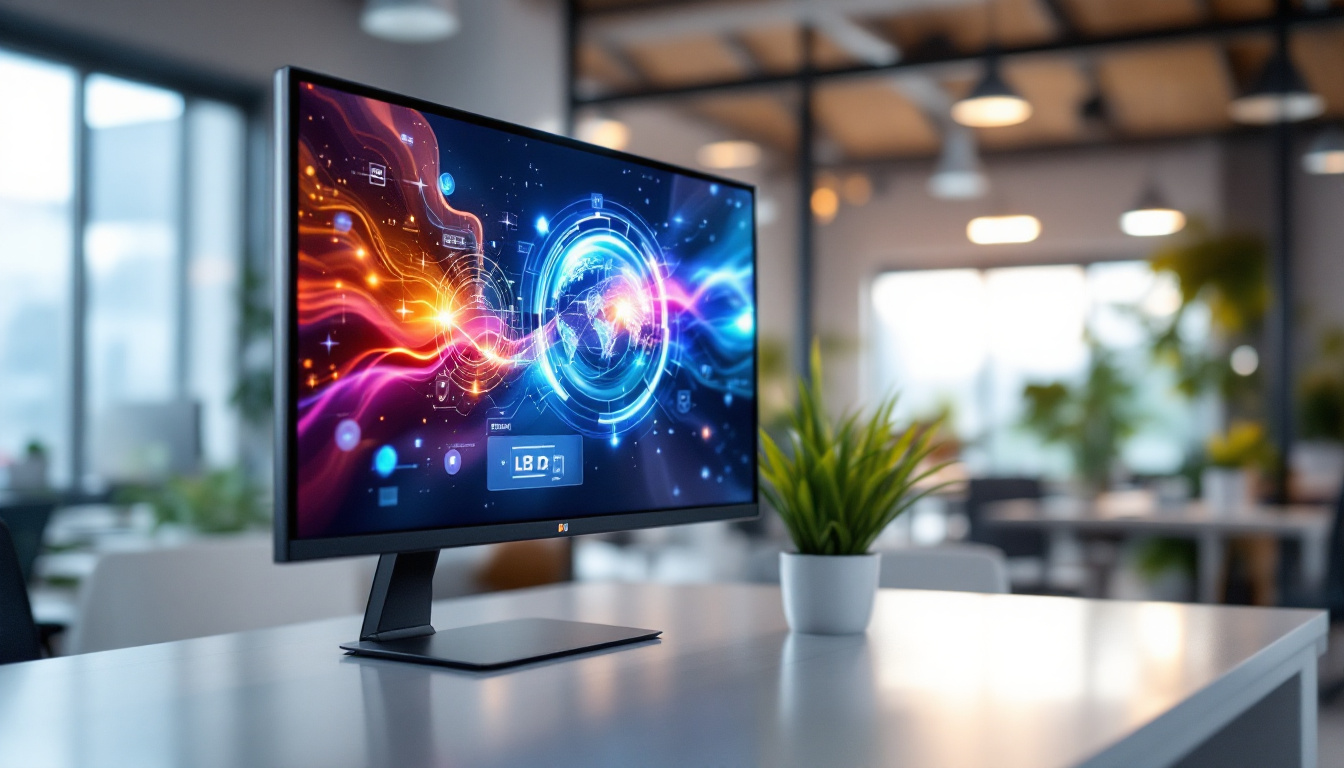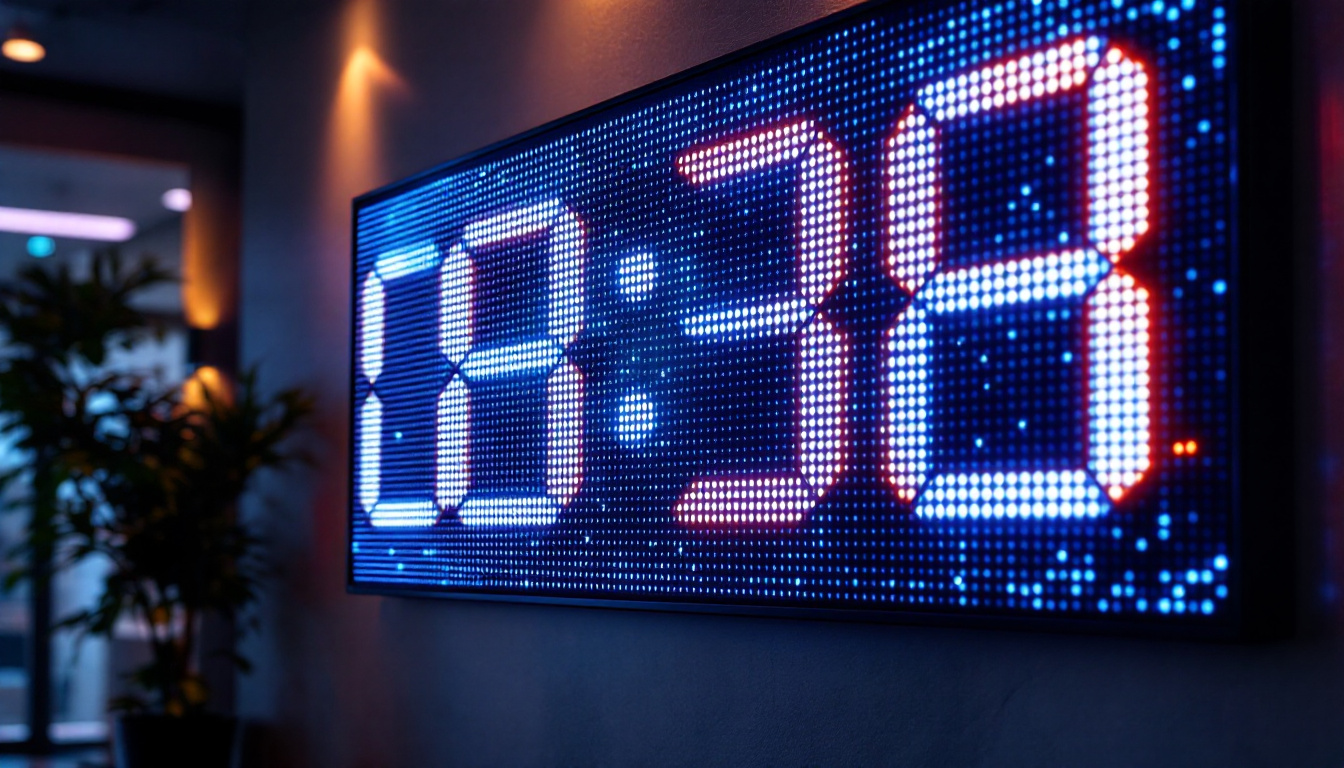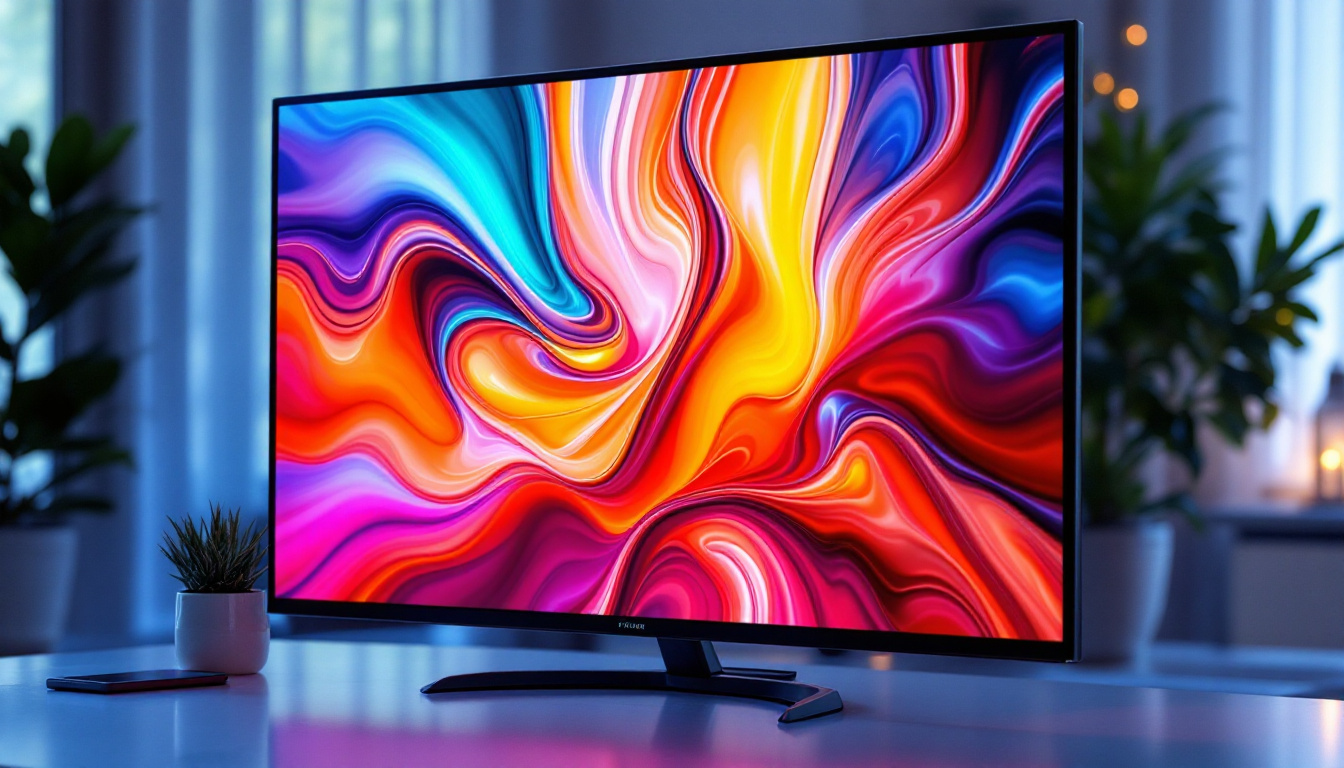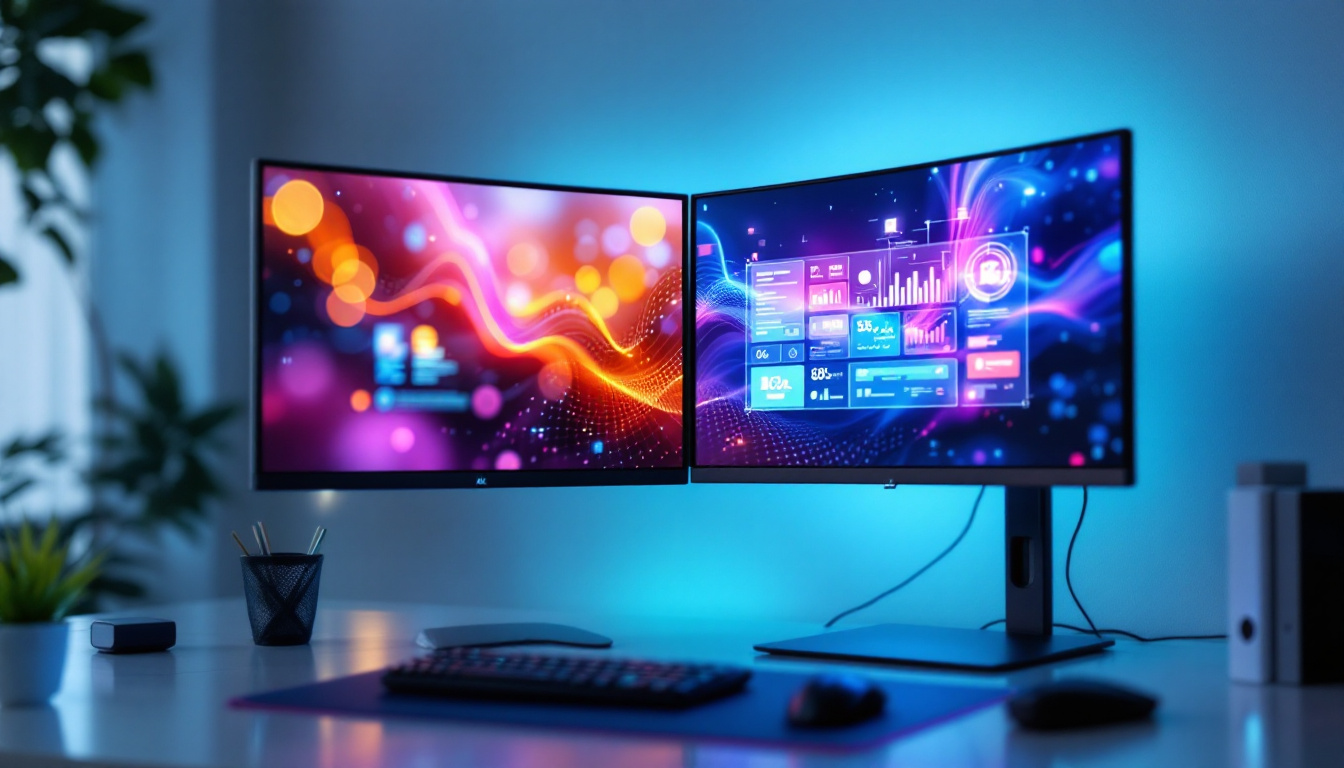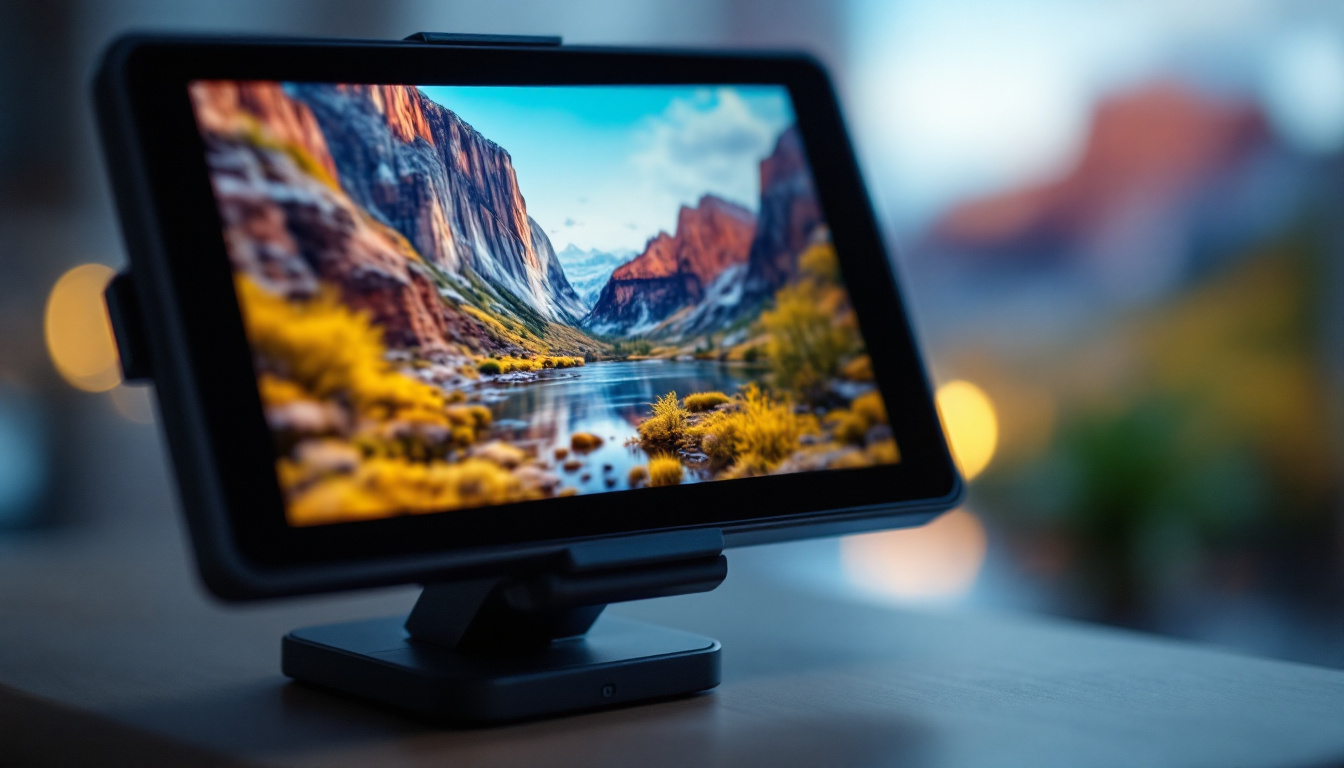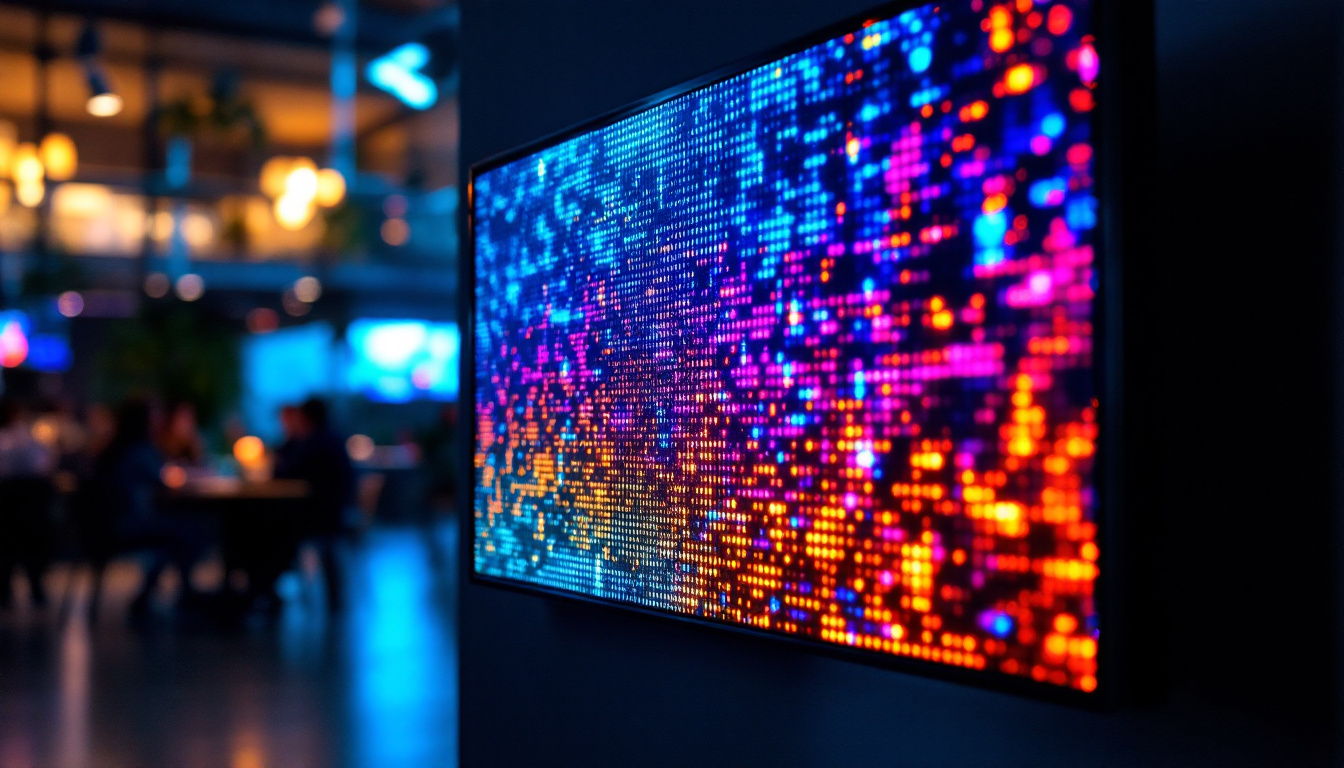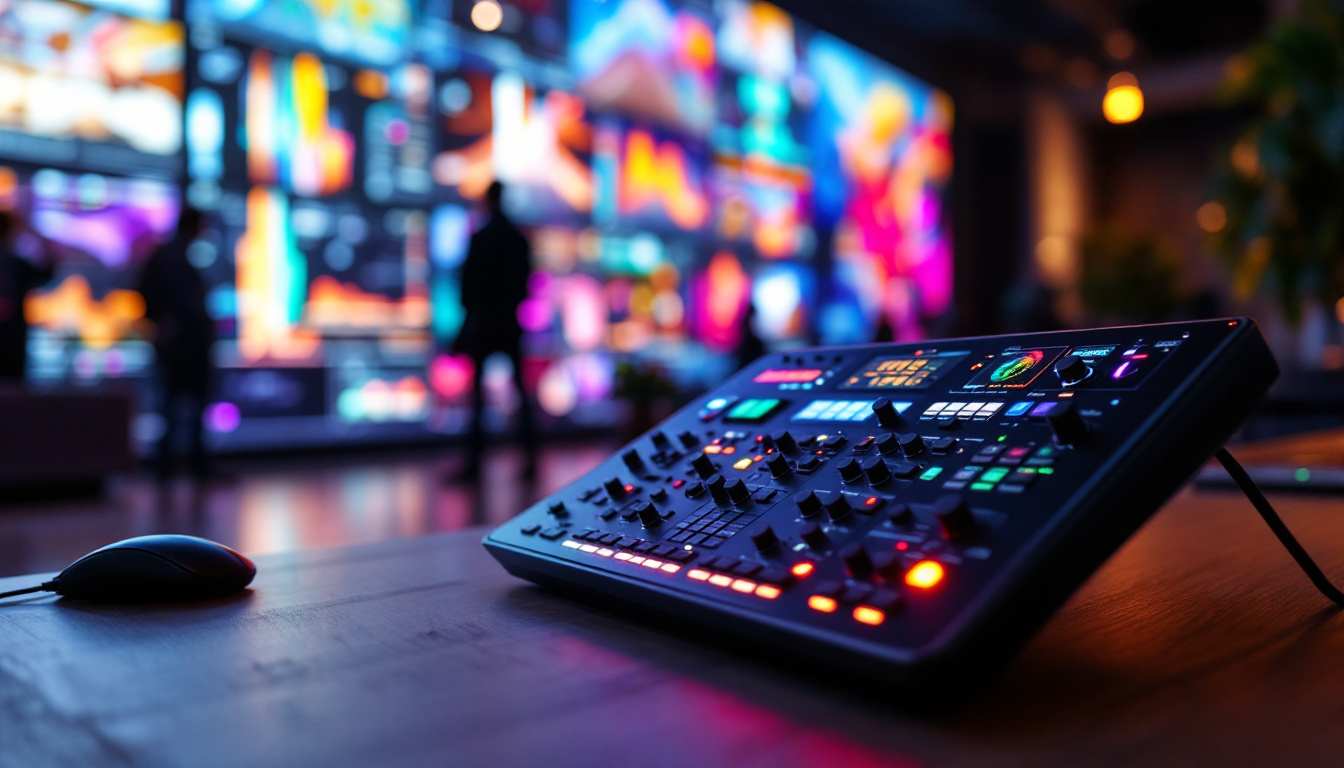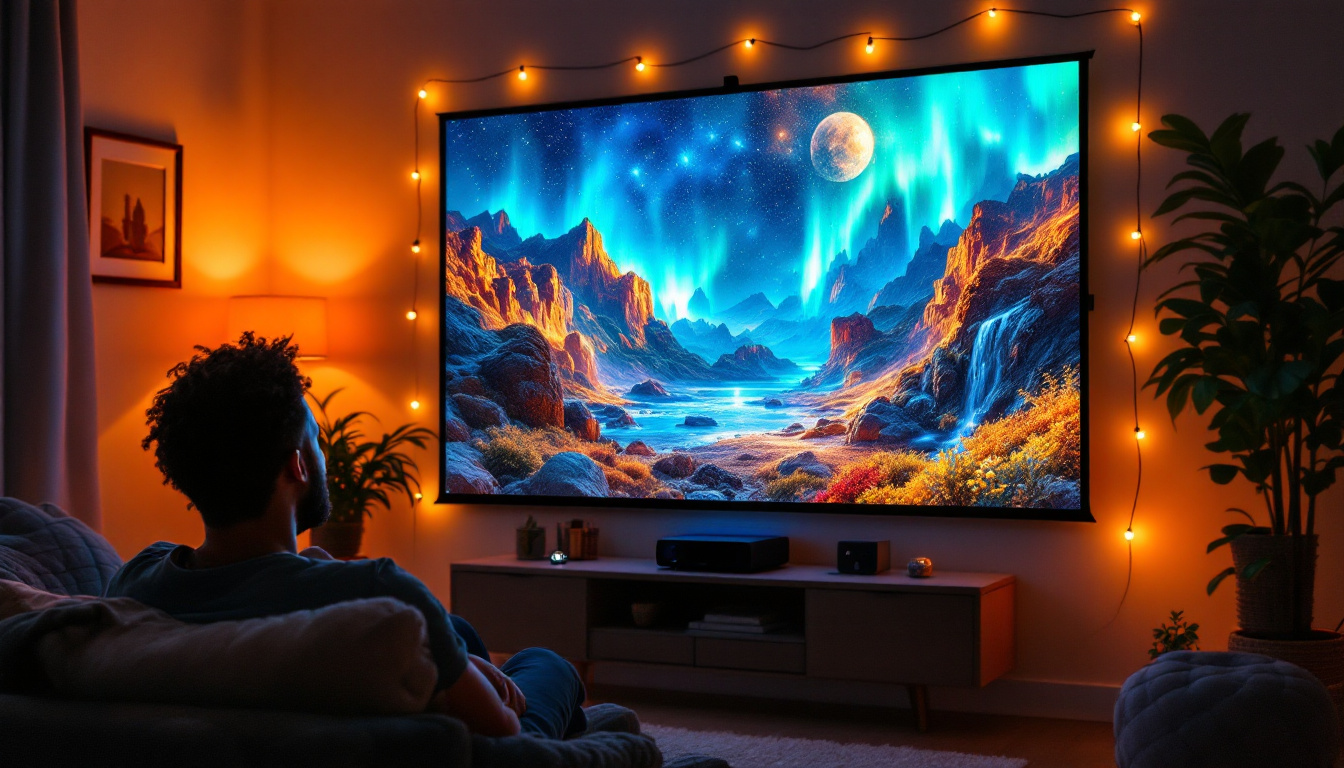In today’s digital landscape, touch monitors have become an essential tool for both personal and professional use. As technology advances, the demand for affordable yet high-quality touch monitors continues to rise. This article delves into the world of cheap touch monitors, focusing specifically on LED displays, their advantages, and their applications.
Understanding Touch Monitors
Touch monitors are interactive displays that allow users to control devices through direct touch. They combine the functionality of a traditional monitor with the intuitive interface of a touchscreen, making them ideal for various applications, from kiosks to educational tools.
Types of Touch Technology
There are several types of touch technology used in monitors, each with its distinct advantages and disadvantages. The most common types include resistive, capacitive, and infrared touch screens. Understanding these technologies can help consumers make informed decisions when purchasing a touch monitor.
- Resistive Touch Screens: These screens work by sensing pressure applied to the surface. They are generally more affordable and can be used with gloves or styluses, making them suitable for industrial applications.
- Capacitive Touch Screens: These screens use the electrical properties of the human body to detect touch. They offer higher clarity and responsiveness, making them popular for smartphones and tablets.
- Infrared Touch Screens: These screens use an array of infrared sensors to detect touch. They are durable and can be used in various environments, but they tend to be more expensive.
Benefits of Touch Monitors
Touch monitors offer numerous benefits that enhance user interaction and productivity. Their intuitive design allows for a more natural interaction with digital content, which can lead to improved user experiences.
Moreover, touch monitors can save space by eliminating the need for a separate keyboard and mouse. This compact design is particularly advantageous in environments where space is limited, such as retail settings or small offices.
In addition to space-saving benefits, touch monitors can significantly improve workflow efficiency. For instance, in a fast-paced retail environment, staff can quickly access inventory systems or process transactions with a simple tap, reducing the time spent on each customer interaction. This immediacy not only enhances customer satisfaction but also allows employees to focus on providing better service rather than navigating complex interfaces.
Furthermore, touch monitors are increasingly being integrated with advanced technologies such as gesture recognition and multi-touch capabilities. These features allow for more dynamic interactions, enabling users to perform complex tasks with simple hand movements. Such innovations are particularly beneficial in educational settings, where students can engage with interactive learning materials in a more immersive way, fostering collaboration and creativity among peers.
LED Technology in Touch Monitors
Light Emitting Diode (LED) technology has revolutionized the display industry. LED displays are known for their vibrant colors, high contrast ratios, and energy efficiency. When combined with touch technology, they create an engaging and dynamic user experience.
How LED Displays Work
LED displays utilize a series of light-emitting diodes to produce images. Unlike traditional LCD displays, which rely on a backlight, LED displays use individual diodes to create light. This results in deeper blacks and brighter colors, enhancing the overall visual quality.
Furthermore, LED technology allows for thinner and lighter displays, making them ideal for touch monitors. The reduced weight can be particularly beneficial for portable devices or setups where mounting options are limited. Moreover, the flexibility of LED technology enables the creation of curved or ultra-slim screens, catering to diverse design needs and preferences in various industries, from retail to healthcare.
Advantages of LED Touch Monitors
LED touch monitors come with a range of advantages that make them appealing to consumers. Firstly, they offer superior image quality, which is essential for applications requiring precise visuals, such as graphic design or video editing.
Additionally, LED displays are energy-efficient, consuming less power than traditional monitors. This not only reduces electricity costs but also contributes to a smaller carbon footprint, making them a more environmentally friendly option. The longevity of LED technology further enhances its appeal; these displays typically have a longer lifespan than their LCD counterparts, reducing the frequency of replacements and waste. This durability is particularly advantageous in commercial settings where reliability is paramount, ensuring that businesses can maintain high productivity levels without the interruptions caused by equipment failure.
Choosing a Cheap Touch Monitor
When searching for a cheap touch monitor, several factors should be considered to ensure the best value for money. Understanding the specifications and features can help narrow down the options available in the market.
Key Specifications to Consider
Before making a purchase, it is crucial to evaluate the specifications of the touch monitor. Key specifications include screen size, resolution, touch technology, and connectivity options.
- Screen Size: The size of the monitor should align with its intended use. Larger screens are ideal for presentations or collaborative work, while smaller screens may suffice for personal use.
- Resolution: Higher resolutions provide clearer images. For tasks involving detailed graphics, a full HD (1920×1080) or higher resolution is recommended.
- Touch Technology: As previously mentioned, the type of touch technology can significantly impact the user experience. Consider the environment in which the monitor will be used when selecting the technology.
- Connectivity Options: Ensure the monitor has the necessary ports for connecting to other devices, such as HDMI, USB, or VGA.
Budget Considerations
While affordability is a primary concern, it is essential to balance cost with quality. Cheap touch monitors can vary significantly in price, and opting for the lowest price may result in sacrificing essential features or durability.
Researching different brands and models can help identify the best options within a budget. Reading customer reviews and expert opinions can also provide insights into the performance and reliability of specific monitors.
Additionally, it is worth considering the warranty and customer support offered by manufacturers. A good warranty can provide peace of mind, especially if you are investing in a device that you plan to use frequently. Some brands may offer extended warranties or excellent customer service, which can be invaluable if you encounter any issues down the line. Furthermore, looking for monitors that have been certified for certain standards, like energy efficiency or environmental friendliness, can also be a deciding factor for many consumers who are conscious about their purchases.
Another aspect to keep in mind is the potential for future upgrades or compatibility with other devices. As technology evolves, having a monitor that can adapt to new systems or software updates can save you from needing to replace it sooner than expected. Consider whether the touch monitor can be easily integrated into your existing setup or if it will require additional adapters or software to function properly. This foresight can help you make a more informed decision that will serve you well in the long run.
Applications of Cheap Touch Monitors
Cheap touch monitors are versatile devices that can be used in various settings. Their adaptability makes them suitable for numerous applications, from retail to education.
In Retail Environments
Touch monitors are increasingly being utilized in retail settings for interactive displays, point-of-sale systems, and customer service kiosks. They enhance the shopping experience by allowing customers to browse products, check prices, and access information quickly.
Moreover, touch monitors can facilitate transactions, reducing wait times and improving overall efficiency. Retailers can also use these devices to display advertisements or promotions, capturing customer attention effectively.
In Educational Settings
In classrooms, touch monitors can serve as powerful teaching tools. They enable interactive lessons, allowing students to engage with the material actively. Educators can use touch monitors to display presentations, videos, and educational software, making learning more dynamic.
Additionally, touch monitors can facilitate collaborative projects, enabling students to work together on presentations or research. This interactive approach can enhance student engagement and improve learning outcomes.
Maintaining Your Touch Monitor
Proper maintenance of a touch monitor is essential for ensuring its longevity and optimal performance. Regular care can prevent common issues and keep the device functioning smoothly.
Cleaning and Care Tips
Touch monitors require special attention when it comes to cleaning. Using the wrong cleaning products or methods can damage the screen. It is advisable to use a microfiber cloth and a gentle cleaner specifically designed for screens.
Additionally, avoid applying excessive pressure when cleaning the screen, as this can affect the touch sensitivity. Regularly dusting the monitor and keeping it free from fingerprints can help maintain its appearance and functionality.
Software Updates and Calibration
Keeping the monitor’s software up to date is crucial for optimal performance. Manufacturers often release updates that can improve functionality and fix bugs. Regularly checking for software updates can enhance the user experience.
Calibration may also be necessary to ensure accurate touch response. Many touch monitors come with calibration tools that guide users through the process, ensuring the device responds correctly to touch inputs.
Final Thoughts on Cheap Touch Monitors
Cheap touch monitors with LED displays offer an excellent blend of affordability and functionality. Their versatility makes them suitable for various applications, from retail to education, enhancing user interaction and productivity.
When selecting a touch monitor, it is essential to consider key specifications, budget constraints, and intended use. With proper maintenance, these devices can provide reliable performance for years to come.
As technology continues to evolve, the market for cheap touch monitors is likely to expand, offering even more options for consumers. Staying informed about the latest developments can help individuals and businesses make the best choices for their needs.
Discover LumenMatrix’s Advanced LED Touch Monitors
Ready to experience the future of interactive displays? LumenMatrix is at the forefront of LED display technology, offering a wide array of solutions that bring your digital interactions to life. Whether you’re looking to enhance your retail space, elevate your educational environment, or captivate any audience, LumenMatrix has the perfect LED touch monitor to meet your needs. From Indoor and Outdoor LED Walls to Custom and All-in-One LED Displays, our products are designed to revolutionize visual communication and engagement. Don’t settle for less—check out LumenMatrix LED Display Solutions today and transform your space with unparalleled clarity and impact.

